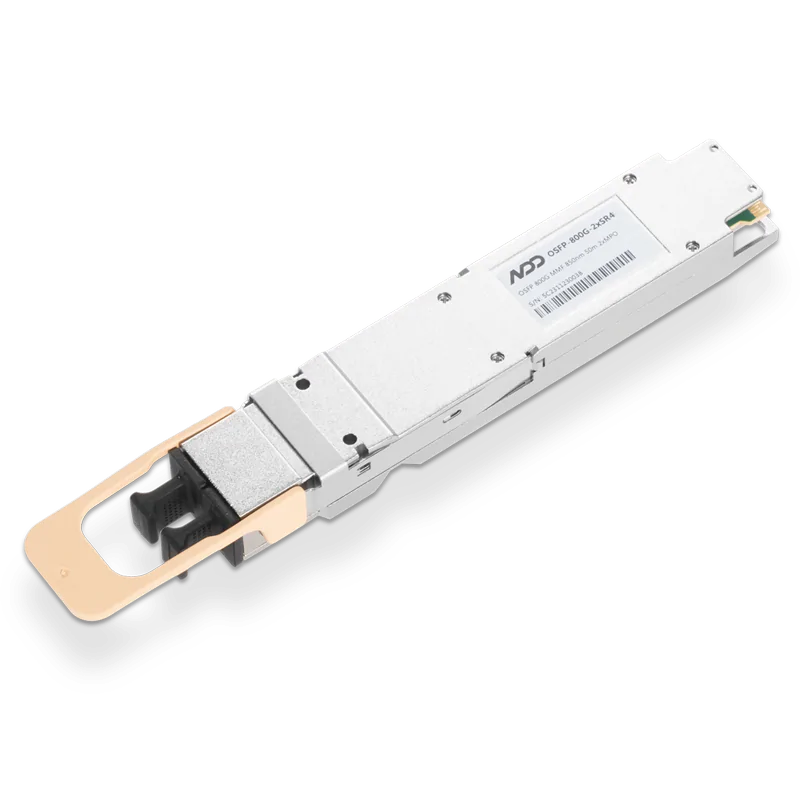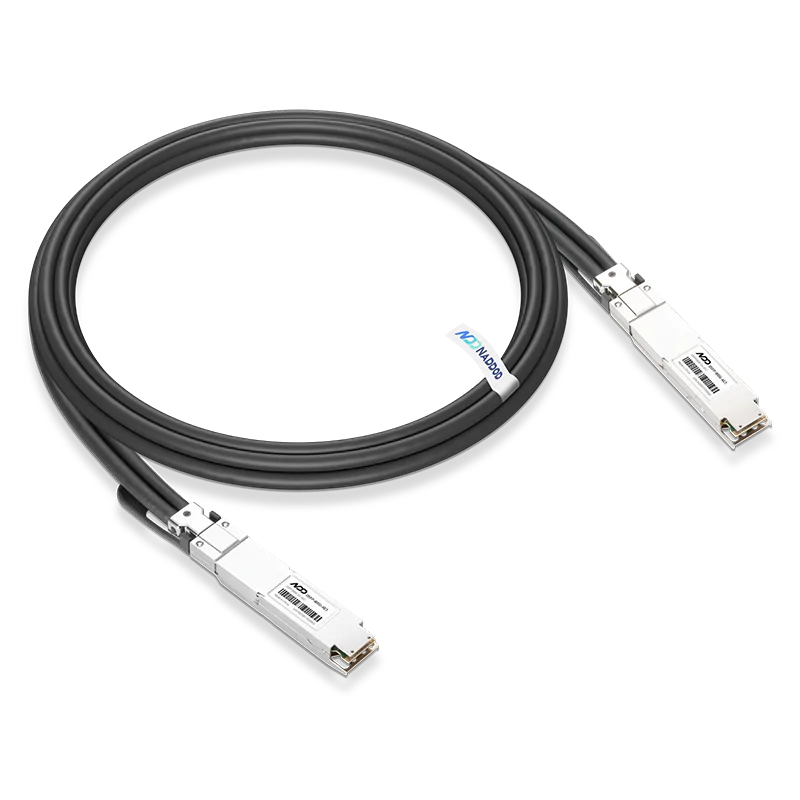High-Performance Computing (HPC) refers to the use of supercomputers and parallel processing techniques to solve complex computational problems. As the adoption of large-scale AI models increases, GPU cluster computing is expanding rapidly. Due to the limited performance of individual chips, overall computational power can only be enhanced through scaling up the system, leading to clusters with thousands or even millions of GPUs in the next 3-5 years. This article delves into the importance, key components, architecture, and applications of HPC, and the challenges and protocols involved.
1. The Importance of HPC
The rise of HPC is driven by the increasing demand for computational power to handle complex calculations, vast data analysis, and sophisticated simulations. In fields like weather forecasting, climate modeling, and genomics, the ability to process large datasets and execute intricate algorithms is crucial. HPC's scalability allows it to meet the growing needs of AI models, supporting extensive GPU clusters for massive tasks. Real-time processing capabilities provided by HPC are vital for applications requiring immediate results, such as financial trading and emergency response systems.
Moreover, HPC plays a critical role in simulation and modeling, which are essential for for aerospace, automotive, and healthcare industries. By enabling detailed simulations, HPC significantly enhances product design and development processes. As the scale of AI and computational tasks grows, the necessity for HPC becomes increasingly apparent, ensuring that industries can continue to innovate and operate efficiently.
2. Key Components and Architecture of HPC
HPC systems comprise several key components that work together to deliver exceptional computational power. Supercomputers and clusters form the backbone of HPC, providing the raw processing power needed for large-scale computations. Supercomputers are singular, highly powerful machines, while clusters consist of interconnected processors working together to perform massive tasks simultaneously.
Parallel Computing
Parallel computing is central to HPC, allowing complex tasks to be divided into smaller subtasks processed simultaneously. This maximizes efficiency and speed, enabling HPC systems to tackle large-scale problems effectively.
Nodes and Processors
HPC architecture revolves around nodes and processors. Each node contains multiple CPUs to handle computation tasks. These nodes work in parallel, allowing simultaneous processing of multiple tasks. Each processor can have multiple cores, enhancing the system's ability to perform complex computations quickly and efficiently.
High-Speed Interconnects
Networking infrastructure is crucial in HPC architecture. High-speed interconnects like InfiniBand, RoCE, and proprietary interconnects (e.g., Intel Omni-Path) facilitate rapid communication between nodes, providing low-latency and high-bandwidth communication channels essential for distributed computing applications.
Storage Solutions
Fast and reliable storage solutions are vital in HPC to handle large data volumes. Storage architectures typically include a combination of SSDs and HDDs configured in a tiered system. Parallel file systems like Lustre and GPFS manage storage, providing high-speed data access and redundancy.
Software and Middleware
Software and middleware manage HPC resources, schedule tasks, and optimize performance. These specialized tools enable seamless integration and efficient utilization of hardware resources, ensuring HPC systems operate at peak performance.
3. How to Build HPC Networks
Infrastructure Setup: Steps to Build HPC Infrastructure
Building an HPC network requires careful planning and execution. The initial steps include determining the computational requirements, selecting the appropriate hardware (nodes, processors, interconnects, and storage), and designing the network topology. This involves setting up compute clusters, configuring network switches, and integrating storage solutions.
The setup also includes installing and configuring HPC software stacks, including operating systems, job schedulers, and application software. Ensuring compatibility and optimal performance across all components is critical during this phase.
Networking: Importance of High-Speed Interconnects
High-speed interconnects are the backbone of any HPC network. They enable rapid data transfer between nodes, minimizing latency and maximizing throughput. Selecting the right interconnect technology is crucial, as it affects the performance and scalability of the HPC system.
Technologies such as InfiniBand, RoCE, and custom interconnects must be evaluated based on their performance characteristics, compatibility with existing infrastructure, and cost-effectiveness. Proper configuration and optimization of these interconnects are essential to achieve the desired performance levels.
NADDOD, as a leading optical networking solution vendor, provides high-speed networking solutions for HPC, AI, and data centers. NADDOD offers optical transceivers (800G/400G NDR, 200G HDR, 100G EDR), DACs, and AOCs compatible with InfiniBand and RoCE networks, delivering high-performance and low-latency solutions.
Scalability and Maintenance: Strategies for Scalability and Ongoing Maintenance
Scalability is a key consideration in building HPC networks. The architecture must be designed to scale efficiently as computational demands grow. This involves choosing scalable interconnects, modular hardware components, and flexible software solutions that can adapt to increasing workloads.
Ongoing maintenance is also crucial to ensure the reliability and performance of the HPC network. Regular updates to software and firmware, proactive monitoring of network performance, and prompt addressing of hardware failures are essential maintenance strategies. Implementing redundancy and failover mechanisms can further enhance the resilience of the HPC network, ensuring continuous operation even in the event of component failures.
4. Common HPC Protocols
InfiniBand is a high-performance, low-latency networking technology widely used in HPC environments. It supports data transfer speeds up to 800 Gbps with NDR (Next Data Rate) and provides efficient, high-bandwidth communication essential for parallel processing tasks. InfiniBand's RDMA capability allows direct memory access from the memory of one computer into that of another without involving either one's operating system, greatly improving throughput and reducing latency. NADDOD has all rates of IB transceivers, DACs, AOCs, and fiber patch cords. Check out NADDOD's InfiniBand Collections for robust and high-speed networking solutions.

Remote Direct Memory Access (RDMA)
RDMA is a key technology in HPC enabling data transfer directly between two systems' memory, bypassing the CPU, caches, and OS. This reduces latency and frees up resources for other tasks. RDMA is implemented over various network technologies, including InfiniBand, RoCE, and iWARP, and is crucial for applications requiring high data transfer rates and low latency.
RoCE (RDMA over Converged Ethernet)
RoCE combines the benefits of RDMA with Ethernet's ubiquity and flexibility. It enables efficient data transfer over Ethernet networks without the need for specialized hardware, making it useful for HPC environments relying on Ethernet infrastructure. Explore NADDOD's RoCE Collections for reliable and efficient networking products tailored to your HPC needs.
5. Applications of HPC
Scientific Research
HPC is indispensable in scientific research for simulations, climate modeling, and analysis of large datasets. It enables researchers to model complex systems, predict weather patterns, and analyze genomic data at unprecedented scales and speeds.
Healthcare
In healthcare, HPC is used for genomics, drug discovery, and personalized medicine. It allows the processing of vast amounts of genetic data, accelerating the development of new treatments and enhancing the ability to tailor medical care to individual patients.
Finance
HPC is crucial in the finance sector for risk modeling, market simulations, and high-frequency trading. It provides the computational power necessary to analyze vast datasets quickly, enabling better decision-making and competitive advantage.
Manufacturing and Engineering
HPC aids in product design, testing, and simulation in manufacturing and engineering. It allows for the virtual testing of materials, structures, and products, reducing the need for physical prototypes and accelerating the development process.
6. Challenges in HPC Building
HPC systems face several significant challenges. Energy consumption is a primary concern due to the substantial power required to operate these systems. Managing this power demand not only impacts operational costs but also has environmental implications.
Cooling systems are another critical aspect, as HPC hardware generates a significant amount of heat. Advanced cooling solutions, such as liquid cooling, are often necessary to maintain optimal temperatures and prevent hardware damage, ensuring system reliability and longevity.
Scalability poses a further challenge. As computational needs grow, expanding HPC systems to accommodate increased demand requires careful planning. This involves ensuring sufficient network bandwidth, storage capacity, and efficient system management. Failure to scale effectively can lead to performance bottlenecks and reduced efficiency.
Additionally, the cost associated with developing, deploying, and maintaining HPC systems is high. This includes the expense of acquiring advanced hardware and software, as well as ongoing operational costs for energy and cooling. These financial considerations can be a barrier to entry and expansion, particularly for smaller organizations.
Despite these challenges, advancements in technology and innovative solutions continue to drive the evolution of HPC, enabling it to meet the growing demands of various industries and applications.
NADDOD provides comprehensive HPC network solutions, offering high-performance products and support to ensure robust, efficient, and scalable HPC networks. Visit NADDOD's official website for bulk quotations.

 800GBASE-2xSR4 OSFP PAM4 850nm 50m MMF Module
800GBASE-2xSR4 OSFP PAM4 850nm 50m MMF Module- 1Comprehensive Guide to High-Performance Networking
- 2Next-Gen Data Centers: Embracing Liquid Cooling
- 3RoCE's Application in High-Performance Computing
- 4NADDOD 1.6T XDR Infiniband Module: Proven Compatibility with NVIDIA Quantum-X800 Switch
- 5Vera Rubin Superchip - Transformative Force in Accelerated AI Compute








































